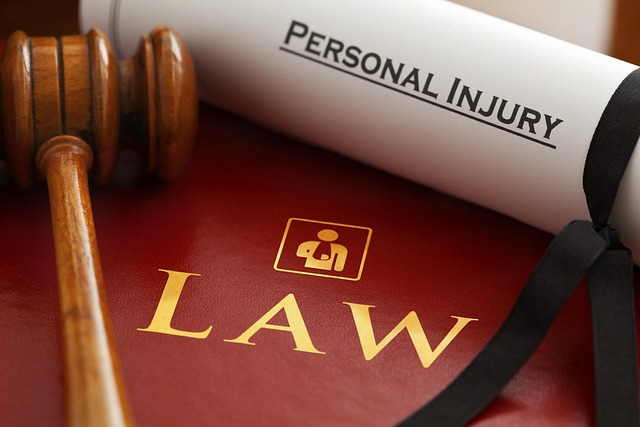The final settlement phase is a crucial step in an injury claim timeline, focusing on negotiations, evidence presentation, and discussions with insurance companies or defendants to secure fair compensation for personal injuries caused by negligence. This process, distinct from legal battles, aims to address suffering, medical expenses, and future financial security, especially in complex cases like caregiver abuse or auto accidents. Even with the assistance of personal injury lawyers, who specialize in navigating this complex landscape, outcomes are not guaranteed due to intricate legal implications and the need for extensive evidence.
Navigating the final settlement phase of an injury claim can be complex, marking a crucial step in the injury claim timeline. This critical period involves negotiations and, if unsuccessful, legal proceedings. Understanding what happens during this phase is essential for victims seeking justice and fair compensation. From preparing comprehensive demands to exploring alternative dispute resolution methods, this guide demystifies each step, ensuring you’re informed about the injury claim process every step of the way.
- Understanding the Final Settlement Phase
- What Happens After Negotiations Fail?
- Completing the Injury Claim Process
Understanding the Final Settlement Phase

The final settlement phase is a critical component of any injury claim timeline. It’s where all the pieces come together to determine the outcome of your case. This stage involves negotiating with the insurance companies, presenting your evidence, and engaging in good-faith discussions to reach a mutually agreeable compensation package. The goal here isn’t just to get a payout but to ensure you receive fair and adequate injury compensation for your suffering, medical expenses, and any other associated losses.
Understanding this phase is crucial, especially when considering the potential impact on future financial security. Whether it’s a personal injury stemming from an auto accident or medical negligence leading to significant health issues, the final settlement can make a substantial difference in one’s life. Therefore, it’s essential to be prepared and informed, knowing your rights and the value of your claim, as you navigate this phase of the injury claim timeline, distinct from other aspects like legal battles or court proceedings, focusing on reaching a resolution that adequately addresses all aspects of your commercial disputes and personal injuries.
What Happens After Negotiations Fail?

When negotiations between the injured party and the insurer fail to reach a settlement, the next step in an injury claim timeline is often litigation. This process involves taking the case to court where a judge or jury will decide on the compensation based on the evidence presented. In cases of nursing home abuse or caregiver abuse, where the injuries are severe and complex, this path can be lengthy and challenging.
Plaintiffs must gather extensive medical records, witness statements, and expert opinions to build a strong case. In contrast, auto accident injuries may have more straightforward evidence, but the legal implications can still be intricate. The outcome of these court cases can significantly impact the final settlement amount and the injured party’s overall recovery process.
Completing the Injury Claim Process

After a lengthy process, the final settlement phase marks the culmination of an injury claim timeline. This crucial step involves negotiating a fair compensation package with the insurance company or the responsible party, especially in cases like slip and fall incidents. Here, individuals who have suffered injuries due to someone else’s negligence can secure the financial resources needed for recovery.
A personal injury lawyer plays a pivotal role during this phase. They leverage their legal expertise to protect their client’s rights and ensure they receive the maximum settlement possible. By thoroughly reviewing medical records, gathering evidence, and negotiating with insurance adjusters or lawyers representing the defendant, these professionals guide clients through the complex landscape of partnership disputes that may arise in personal injury cases.
Understanding the final settlement phase of an injury claim timeline is crucial for a successful and swift resolution. After negotiations with insurance companies, if an agreement cannot be reached, the next step involves completing necessary paperwork and legally presenting the case. This process ensures that victims receive fair compensation for their injuries, enabling them to move forward with their lives. By knowing what to expect during this phase, individuals can confidently navigate the injury claim timeline and secure the justice they deserve.






